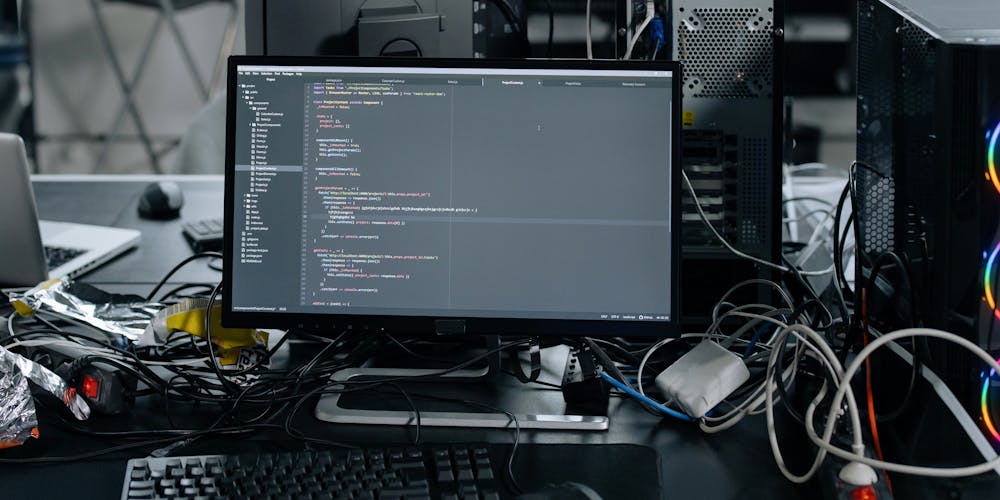The Department of Defense’s Vulnerability Disclosure Program (VDP) has reached a cybersecurity milestone, identifying and resolving over 50,000 vulnerabilities. This initiative reflects the DoD’s commitment to strengthening the nation’s defenses against growing cyber threats.
The Evolution of DoD’s Cybersecurity Efforts
Establishment and Impact of the Vulnerability Disclosure Program
Launched in November 2016, the VDP has significantly advanced the United States’ defensive cybersecurity capabilities. Engaging ethical hackers to identify potential threats, the program has secured the digital infrastructure and reflects a strategic, proactive approach to cybersecurity, safeguarding national interests.
Advancements in the Vulnerability Report Management Network
In 2018, the DoD modernized the VDP with the Vulnerability Report Management Network, automating the reporting process. This improved communication between hackers and the DoD and expanded the VDP’s scope to include all publicly accessible DoD IT systems, adapting to the changing nature of cyber threats.
Collaboration and Recognition in Cybersecurity Initiatives
Partnership with the Defense Counterintelligence and Security Agency
The Defense Counterintelligence and Security Agency’s 2021 pilot program for small and medium-sized Defense Industrial Base companies targeted over 400 vulnerabilities, protecting sensitive data, and serving as a model for future security collaborations. This initiative has reduced the potential financial impact of cyber threats.
Awards and Integration with Bug Bounty Platforms
Recognized with the DoD CIO Annual Award, the pilot program epitomizes excellence in cybersecurity. The DoD also engages with the community via platforms like HackerOne, Bugcrowd, and Synack, extending “Hack the Pentagon” to various military sectors and integrating community expertise into the defense ecosystem.
Strengthening Security Through Community Engagement
“Hack the Pentagon” and Broad Community Involvement
“Hack the Pentagon” involves the broader hacker community in defense, with direct benefits to military branches. The critical role of ethical hackers underscores their importance in current cybersecurity strategies.
Embracing Open Collaboration in the Face of Cyber Threats
The DoD openly collaborates with ethical hackers in the face of sophisticated cyber threats, emphasizing transparency and cooperation in defense.
The Way Forward for DoD Cybersecurity
Future Initiatives and the Evolving Cyber Landscape
The DoD is set to refine its VDP and cybersecurity measures, aligning with the evolving nature of cyber threats and the use of emerging technologies like artificial intelligence and machine learning.
The DoD’s Proactive Cybersecurity Stance
The DoD’s proactive approach in cybersecurity serves as a model for other government entities, focusing on innovation, adaptability, and taking preemptive measures to address threats.

